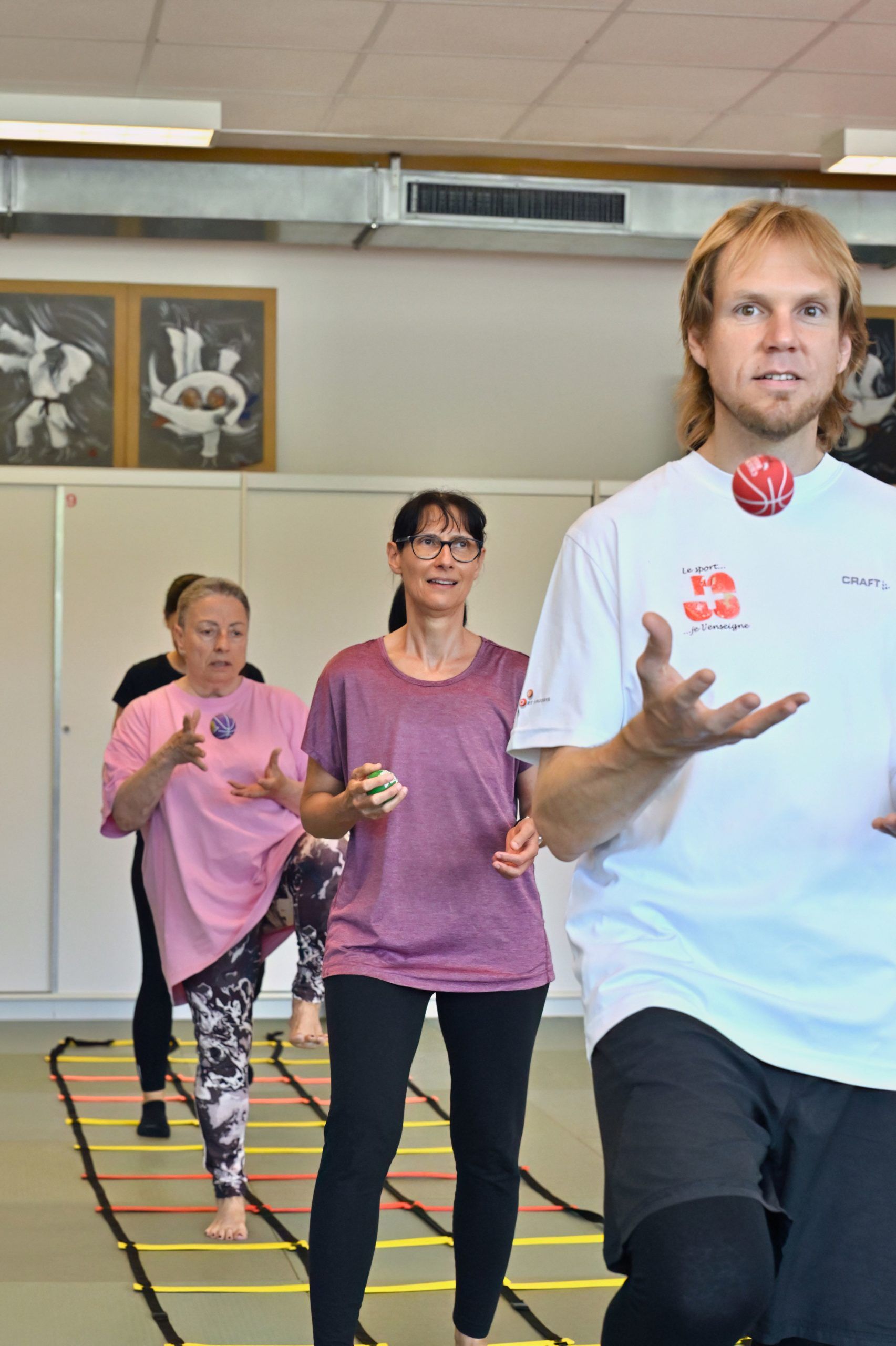OKenawa

Osteoporosis in figures
Osteoporosis is defined by theWorld Health Organization as:
"A systemic skeletal disease characterized by low bone mass, deterioration of bone tissue and loss of bone architecture compromising bone strength and leading to bone fragility and, consequently, an increased risk of fractures" (1).
These osteoporotic fractures are associated with a significant increase in morbidity and mortality.
In the context of an ageing population, osteoporosis is becoming a major public health concern, affecting millions of people worldwide.
It is estimated that one in two women and one in five men over the age of 50 will develop an osteoporosis-related fragility fracture (2,3).
A recent European publication estimates that around 22 million women and 5.5 million men in Europe are affected. This means 3.5 million new fragility fractures every year.
For example:
- A spinal fracture occurs every 22 seconds.
- A bone breaks every 3 seconds due to osteoporosis (3-5).
Economic impact
The occurrence of osteoporosis-related fragility fractures also has a considerable economic impact. It is currently estimated that the cost of hospitalization, rehabilitation and/or placement in nursing homes, as well as therapeutic treatments, amounts to 37.5 billion euros in Europe.
According to theInternational Osteoporosis Foundation (IOF), these costs will rise to 47.4 billion euros by 2030.
The same organization predicts that rising life expectancy in France, whose population is similar to that of Switzerland, will lead to an increase in fragility fractures. This rise is estimated at +24.4% between 2017 and 2030, which would correspond to a +26.6% increase in expenditure, from 5.4 billion to 6.8 billion over a decade (8).

Impact on quality of life
Fragility fractures also have a major impact on patients' quality of life, measured in QALYs(Quality Adjusted Life Years).
In 2010, an estimated 1.2 million QALYs were lost in Europe (5).
This reflects the severe handicaps caused by these fractures, often resulting in significant limitations in patients' daily activities (9).
Key figures
- 1 in 3 women
- 1 in 5 men
- Over 200 million people affected worldwide
- 450,000 in Switzerland
- 1 osteoporosis-related fracture every 3 seconds worldwide!
- Economic impact: 47.8 billion euros in Europe in 2030
Similar data have recently been published in Switzerland: OFSP report (6,7).
Sources
1. Prior, J. C., Barr, S. I., Chow, R. & Faulkner, R. A. Prevention and management of osteoporosis: consensus statements from the Scientific Advisory Board of the Osteoporosis Society of Canada. CMAJ 155, 940-944 (1996).
2. Cauley, J. A. Public health impact of osteoporosis. J Gerontol A Biol Sci Med Sci 68, 1243-1251 (2013).
3. Kanis, J. A. et al. A systematic review of hip fracture incidence and probability of fracture worldwide. Osteoporos Int 23, 2239-2256 (2012).
4. International Osteoporosis Foundation, 2025 : Link
5. Borgström, F. et al. Fragility fractures in Europe: burden, management and opportunities. Arch Osteoporos 15, 59 (2020).
6. Osteoporosis FOPH N°BAG OeG 8.04 1'000d 500f 20BAG04001.pdf
7. Svedbom, A., Ivergård, M., Hernlund, E., Rizzoli, R. & Kanis, J. A. Epidemiology and economic burden of osteoporosis in Switzerland. Arch Osteoporos 9, 187 (2014).
8. Facts and Statistics | International Osteoporosis Foundation: Link
Links for further information
- Swiss Health Observatory : Obsan